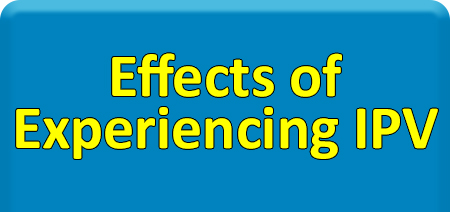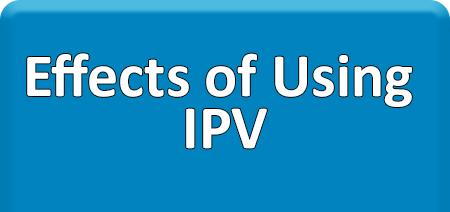VHA Social Work
Intimate Partner Violence Assistance Program (IPVAP) - VETERANS & PARTNERS - What Is IPV?
 |
 |
 |
 |
 |
Financial abuse is an often overlooked form of IPV in which one partner controls the other partner’s economic resources. 1*
The financial cost of IPV exceeds $5.8 billion dollars each year 2*
IPV Financial Abuse could include the following: 3*
- Controlling how a person spends his or her money
- Withholding money
- Stealing money, credit, property, or identity from a partner
- Forcing a partner to overspend on credit cards
- Prohibiting a partner to open a bank account or a credit account
- Preventing the partner from working or making it difficult to maintain employment
Employment Issues:
Individuals impacted by IPV may experience physical and mental health issues that make it difficult to find or maintain employment, as well as continue their education. 4*, 5*,6*, 7*
Housing and Employment Instability:
Women Veterans who experience IPV are 3 times more likely to have housing instability due to intimate violence and it is the primary cause of homelessness in women. As many as 50% of homeless women who experience IPV either lose their jobs or leave the workforce (NOW Legal Defense and Education Fund, 2002).
Are you experiencing these or other financial concerns?
Additional Resources:
- General Financial Assistance: United Way 2-1-1 24/7 confidential and free information on community resources, including financial assistance. www.211.org/ *
- Financial Assistance for Victims of Crimes: Office for Victims of Crime https://www.ovc.gov/help/index.html; As a victim of a crime, you may also be eligible to apply for financial compensation. Contact your local Victim Advocate for assistance in applying.
- Financial Literacy Resources: National Network to End Domestic Violence Learn how to rebuild your finances after financial abuse. https://nnedv.org/resources-library/moving-ahead-financial-management-curriculum/*
- Medical Assistance: Face to Face Facial plastic and reconstructive surgery for injuries on the face, head, and neck from intimate partner violence. Face to Face Domestic Violence*
- Give Back a Smile: Dental assistance for adults who have experienced dental injuries from intimate partner violence or sexual assault. givebackasmile.com
References
1. Adams, A.E., Beeble, M.L. (2018). “Intimate Partner Violence and Psychological Well-Being: Examining the effect of economic abuse on women’s quality of life.” Psychology of Violence. http://dx.doi.org/10.1037/vio0000174
2. National Center for Injury Prevention and Control. (2003). Costs of intimate partner violence against women in the United States. Atlanta, GA: Centers for Disease Control and Prevention. https://stacks.cdc.gov/view/cdc/6543
3. Tisdale, S. (2016). Breaking the Chains of Financial Abuse. Black Enterprise, 46(6), 52-55. https://black-enterprise.vlex.com/vid/breaking-the-chains-of-632160557
4. Moe, A. M., & Bell, M. P. (2004). Abject economics: The effects of battering and violence on women’s work and employability. Violence Against Women, 10, 29–55. https://journals.sagepub.com/doi/abs/10.1177/1077801203256016
5. Raphael, J. (2000). Saving Bernice: Battered women, welfare, and poverty. Boston, MA: Northeastern University Press. https://doi.org/10.1057/palgrave.fr.9400094
6. Riger, S., & Staggs, S. L. (2004). Welfare reform, domestic violence, and employment: What do we know and what do we need to know. Violence Against Women, 10, 961–990. https://journals.sagepub.com/doi/10.1177/1077801204267464
7. Swanberg, J., Logan, T., & Macke, C. (2005). Intimate partner violence, employment, and the workplace. Trauma, Violence, & Abuse, 6, 286–312. https://doi.org/10.1177/1524838005280506
For more information or assistance, contact your local Intimate Partner Violence Assistance Program, Primary Care Social Worker, or other Provider. Women Veterans can also ask for the Women Veterans Program Manager.
Not yet a patient at VA? - Apply Now
Find help in the community by calling the National Domestic Violence Hotline at 1−800−799−7233 (SAFE) or TTY 1−800−787−3224.
If you or a loved one is in immediate danger, call 911
If you’re experiencing an emotional crisis or having thoughts of suicide, call the Veterans Crisis Line: 1-800-273-8255 and Press 1 or TTY 1-800-799-4889
* Links with an asterisk (*) next to them will take you outside the VA website. VA is not responsible for the content of the linked site. This link does not constitute endorsement of the non-VA website or its sponsor.























